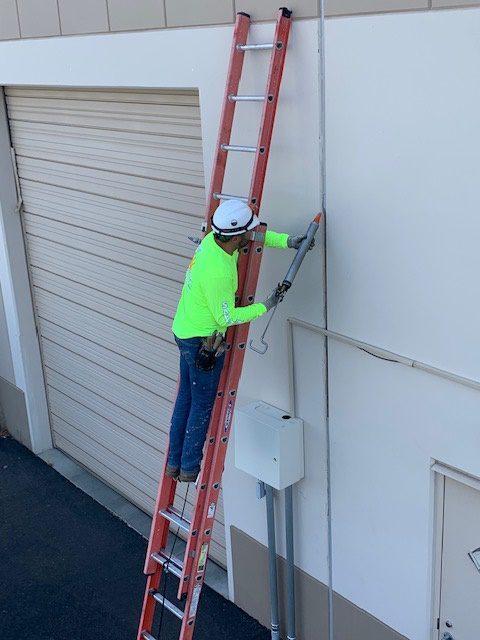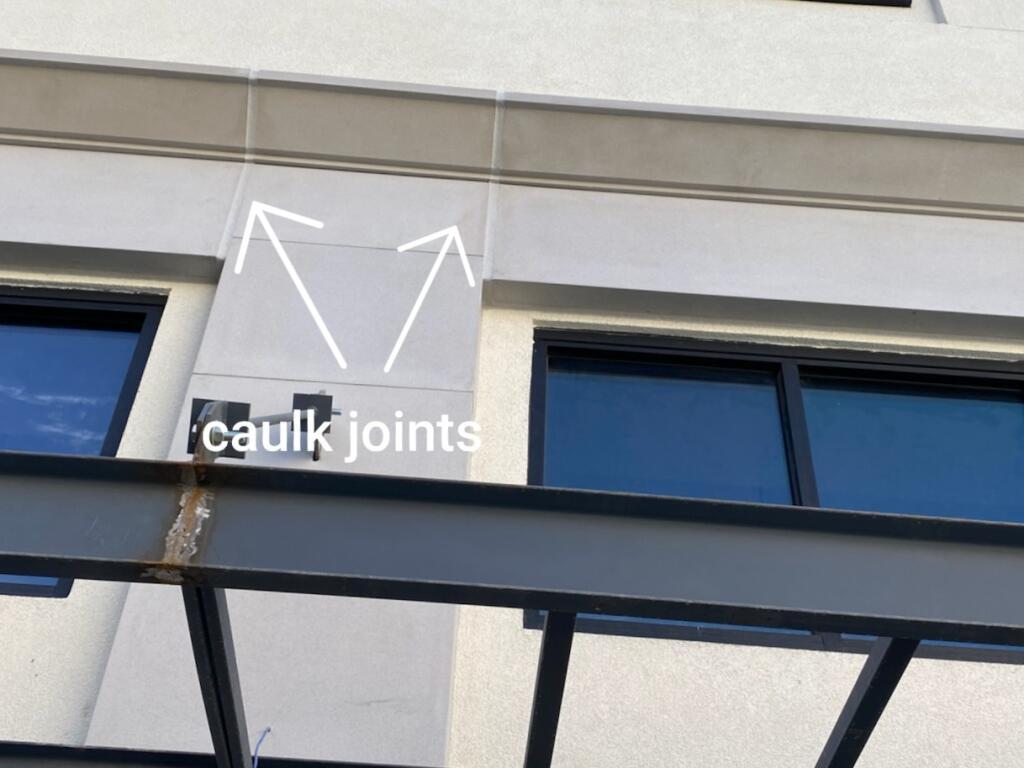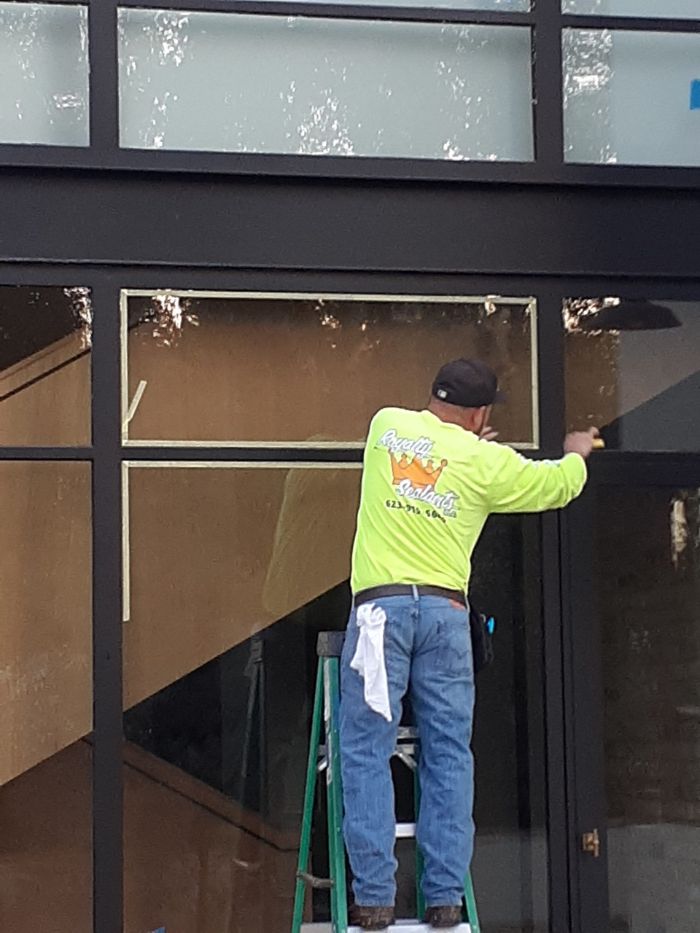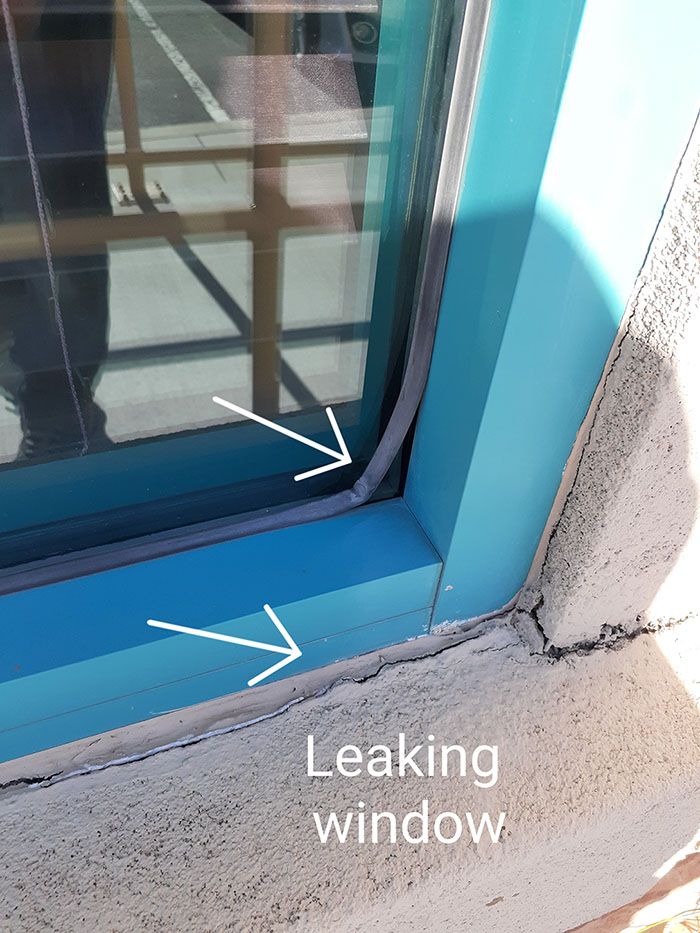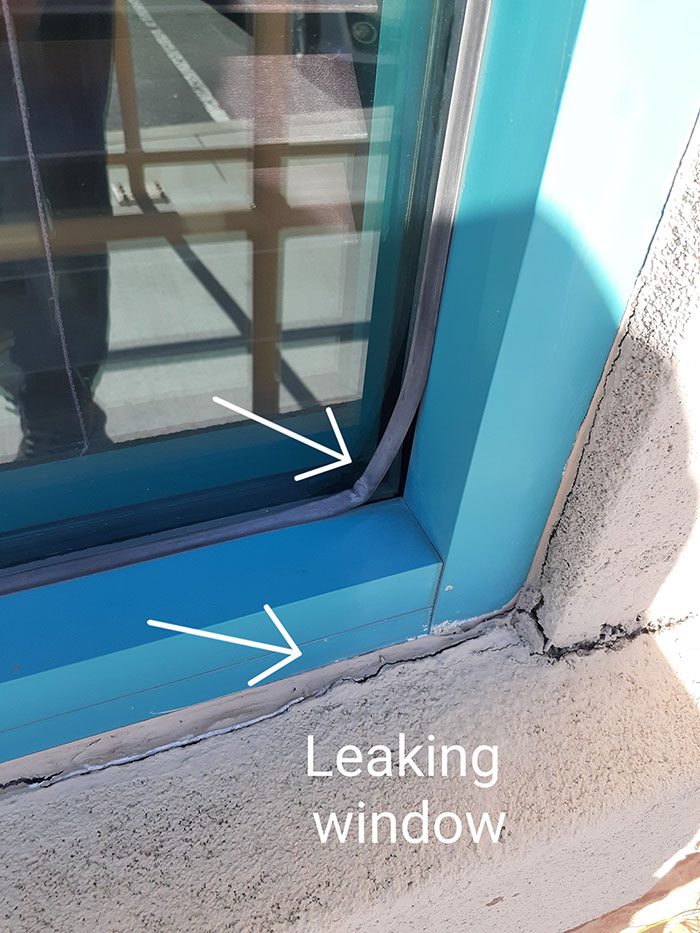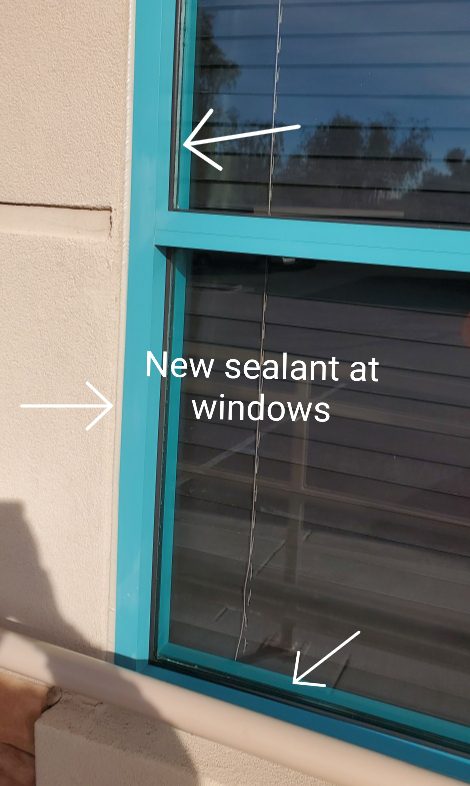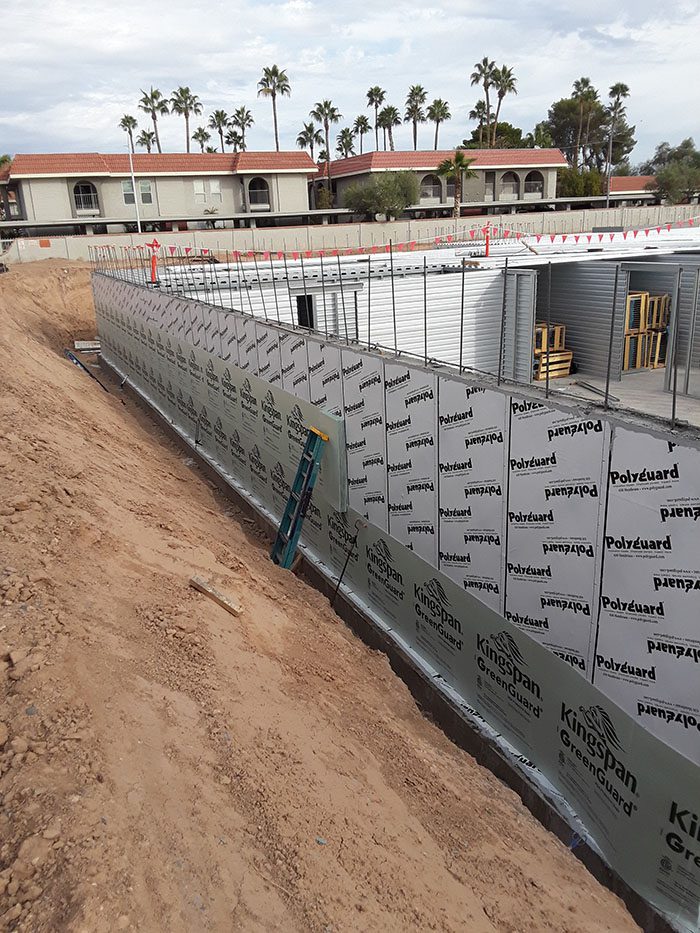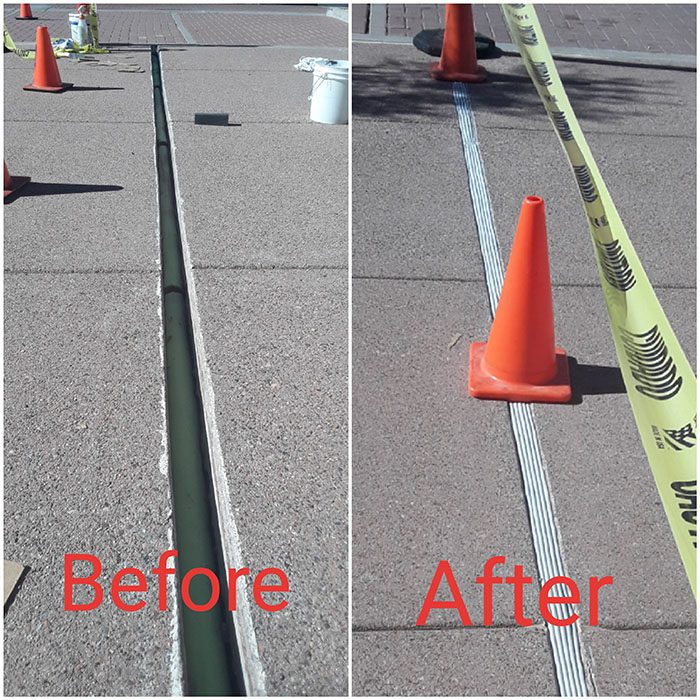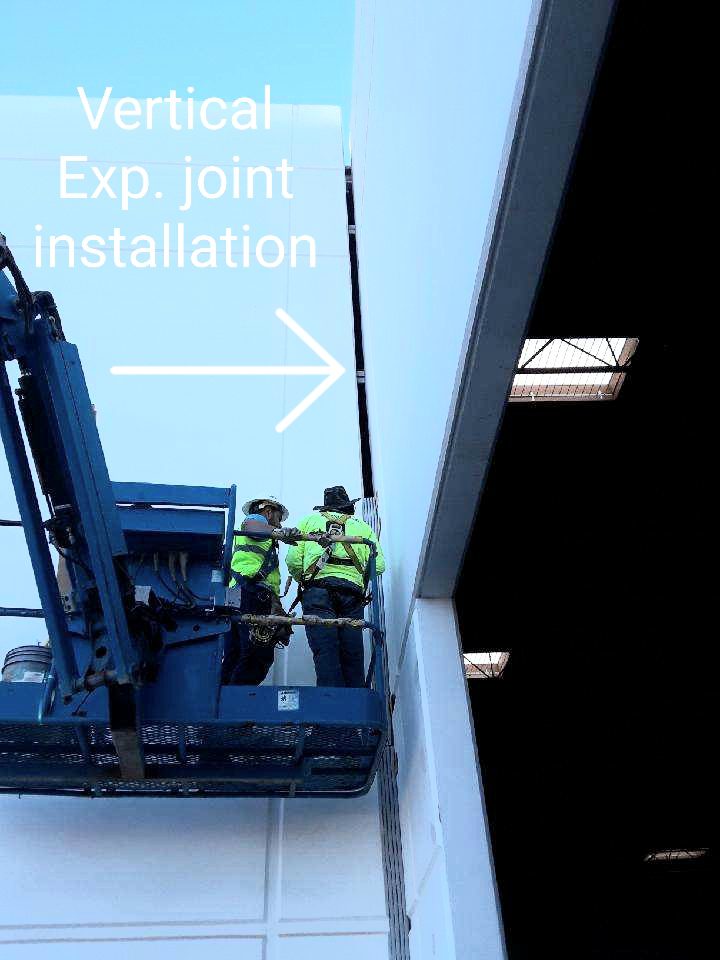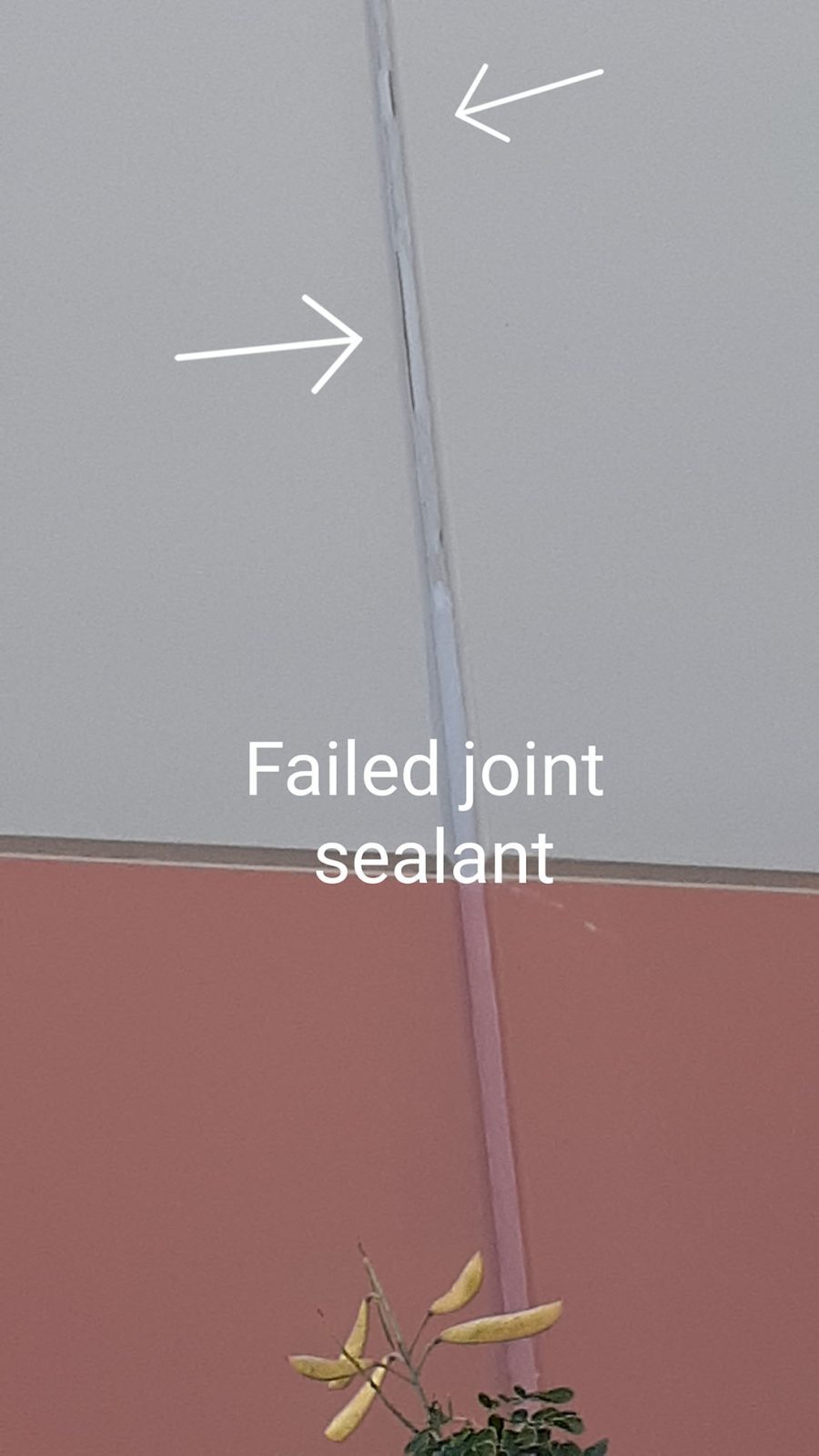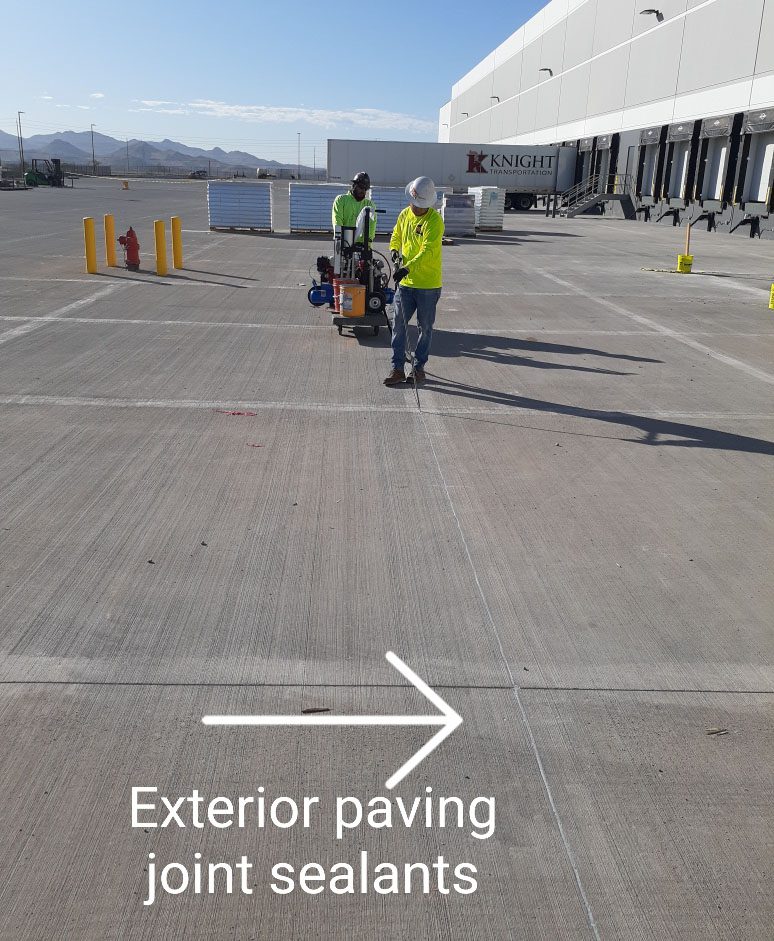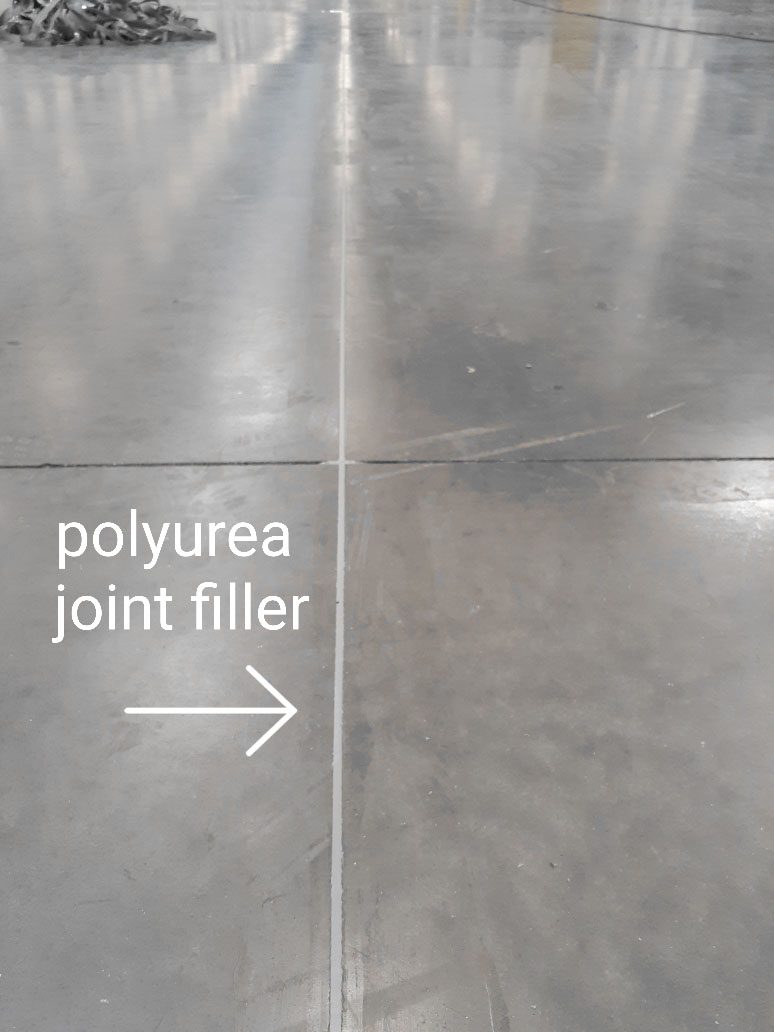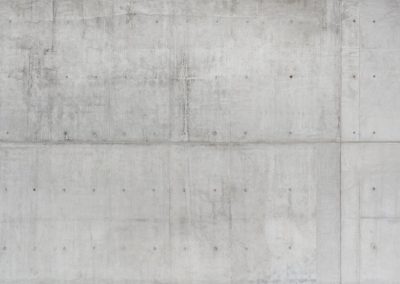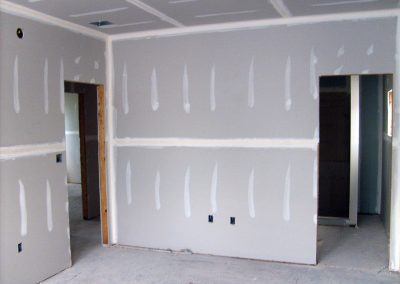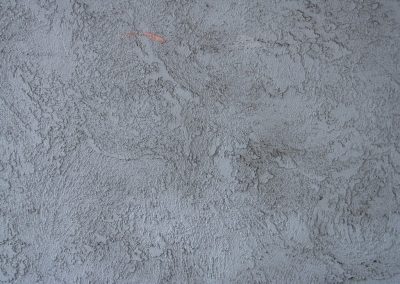Services
Expansion Joint Systems
Our Expansion Joint Systems absorb temperature changes, vibration, and ground movement while keeping parts together.
Penetrating Sealers
Penentrating sealers are great for protecting porous surfaces. Their low viscosity allows for maximum penetration for porous substrate surfaces such as concrete.
Additional Services
- Concrete
- Wall Repairs
- Drywall Repairs
- EIFS/Stucco Repairs
- Pressure Washing
- Sandblasting
- Paint
- Wall Coatings
Get in Touch with Us Today!
Contact Royalty Sealants for professional caulking, sealant, waterproofing, and coating solutions. Our team is ready to assist you with your next project.


